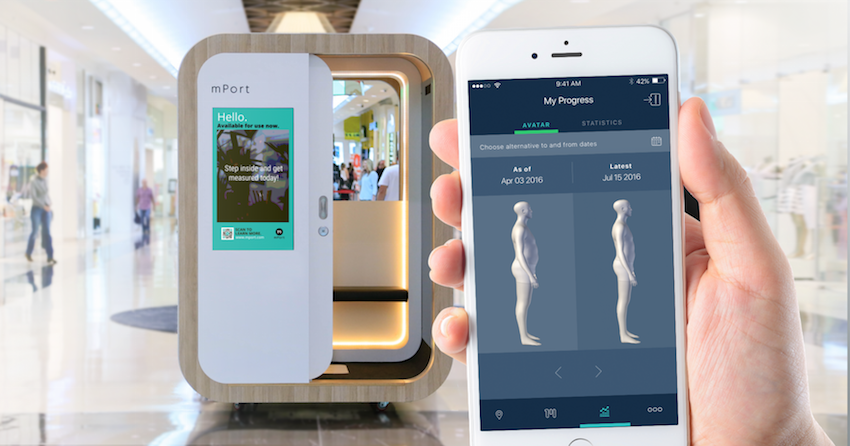BMI is a calculation that divides people into 1 of 4 categories:
- People who are underweight (with a score of less than 18.5 and 24.9 – normal weight)
- People who are over weight (with a score of 25 to 25.9)
- People who are obese (with a score of 30 or greater)
Basing this calculation on height and weight ALONE however does not take into account a persons bone, muscle or fat proportions. E.G – A person with great muscle tone and low fat is more likely to have a higher BMI compared to someone with higher fat and lower muscle tone. This happens because muscle is 4X as dense as fat tissue. Many professional athletes like AFL players BMIs would place them in the obese category when they’re actually in better shape than the average person. 
Studies by researchers have revealed how ineffective BMI is, as well as the number of people who may be inaccurately deemed overweight or obese. Doctors and patients may have to turn to alternative methods to accurately assess healthy weight ranges. There are many methods to measure body composition ranging from simple, at- home techniques to complex procedures. If you’re thinking of opting out of relying on the not so accurate BMI scale, here are some alternative modes of measurement to see what works for you.
- Skin Calipers – This tool can be used to clamp sections of fat off of the body and measure body composition accurately and within a few minutes. A skin- fold assessment can be done using 3,4 or 7 different parts of the body such as the abdominals, arms, thighs and back.
- Tape Measure – To measure stand straight and place the tape measure around your mid section just above your hip bones alone the belly button. Relax, do not suck in your gut and do not compress the tape tightly around the waist.
- DEXA (Dual- Energy X-Ray Absorptiometry) – Think X – rays only detect broken bones? A DEXA scan exposes patients to X- Ray beams of differing intensities. Experts use it to measure bone mineral density alongside body composition. Participants lie still on a table while a machine arm passes over their entire body. This arms a high and a low energy X-ray beam. By Measuring the absorption of each beam into the parts of the body, technicians can get readings for bone mineral density, lean body mass and fat mass. Also because the machine scans body parts individually the test can also break down body composition per limb, so you could confirm suspicious that your right leg is indeed just a bit stronger than your left.
- 3-D Body Scan – You’ll see this more readily available and accessible this year. Many can scan your body, take circumference measurements of different body parts and then track your body fat via a corresponding app, they can also tell your muscle mass. The mPort which is $5 a month for the app subscription creates a 3-D image of your body using infrared light and circumference measurements. You can find these machines at shopping centres.
Regardless of which metric you go with, resist the urge to test on a weekly basis. Wait at least 6-8 weeks before re-measuring your BF%. Remember body comp should be just one metric on the road to health and fitness. Sleep quality, energy levels and happiness should also take priority – so don’t make body fat the entire focus of your training.

